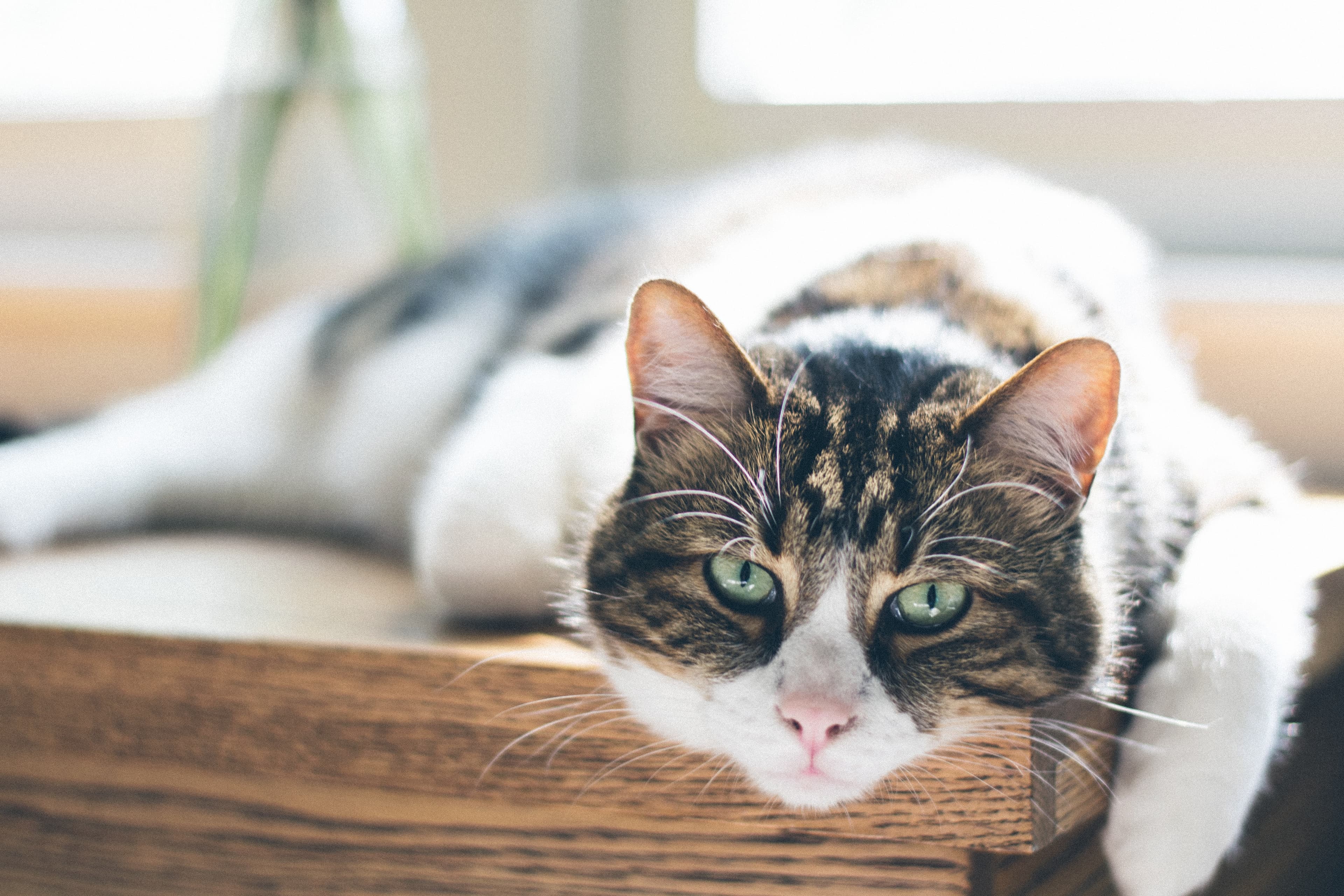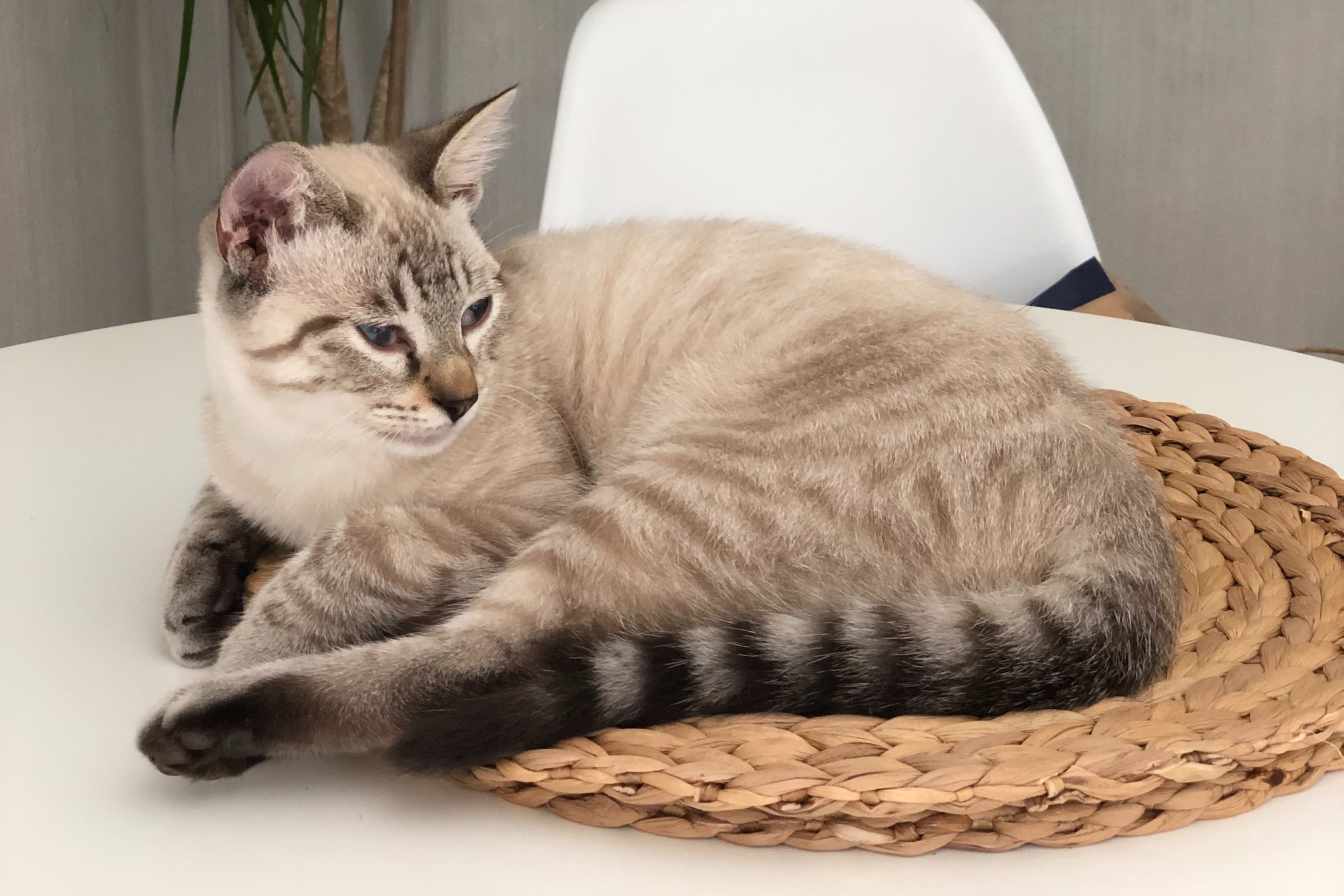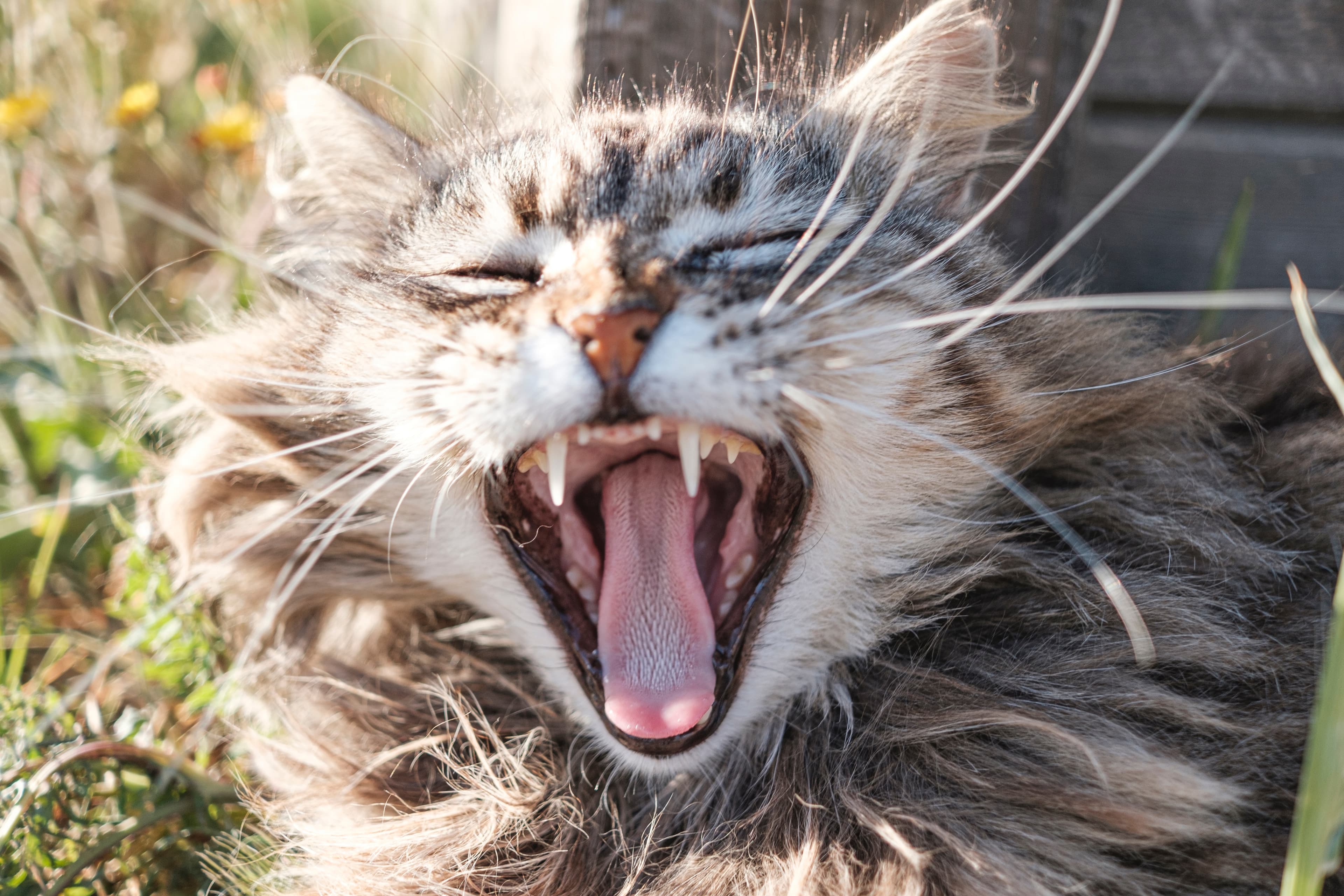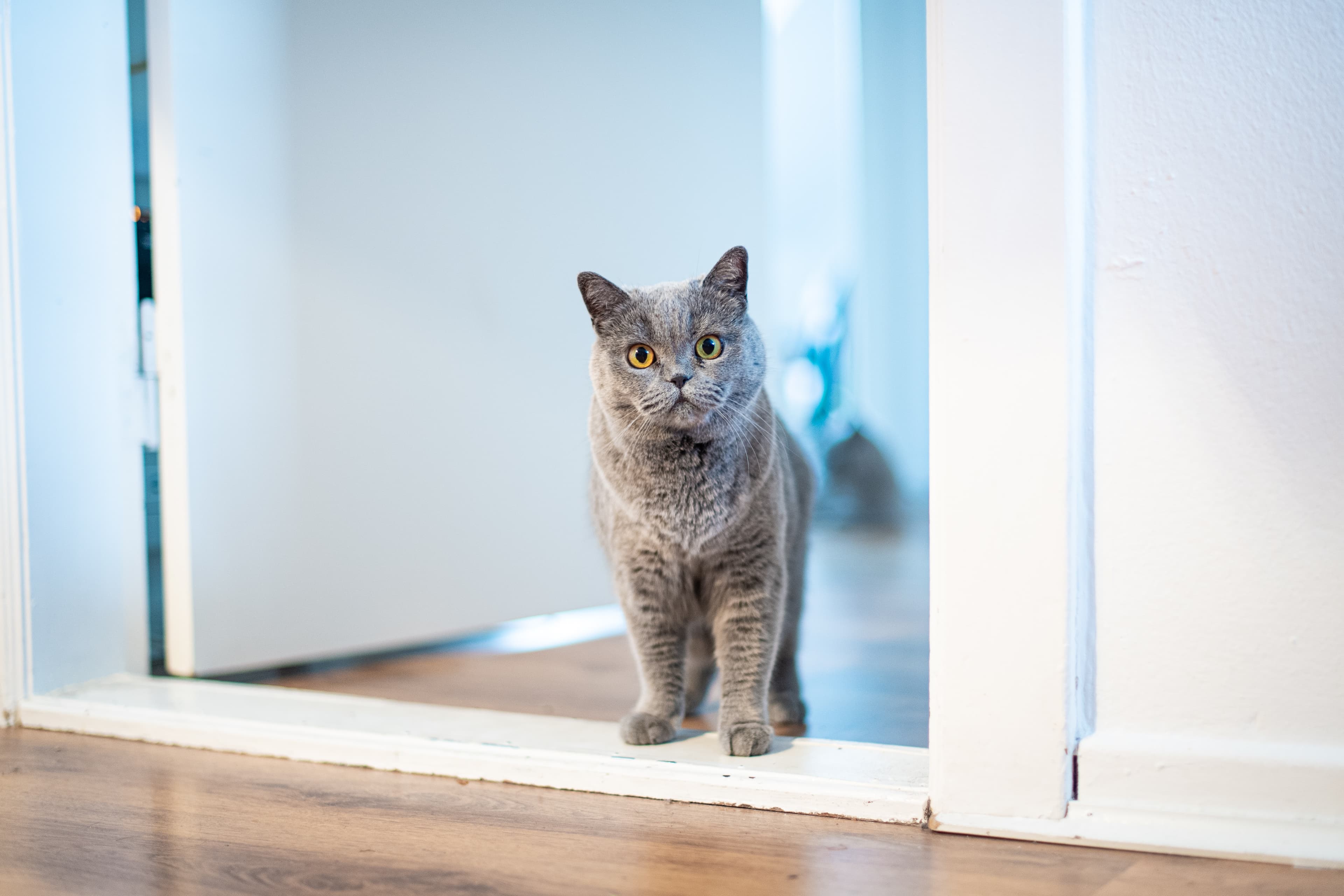Diseases of the elderly cat
Cats may be good at hiding if they get sick, but unfortunately the older they get, the more common it is for them to suffer from diseases and illnesses that are less common in younger cats. As the cat approaches the age of seven, it begins to be considered a senior citizen. There are a number of signs to look out for, and it's a good idea to book your cat in for a veterinary check-up, known as a senior check-up, so that they can examine and check how your cat is doing.
It is good to know the most common diseases and ailments that can affect the quality of life of an older cat. By paying extra attention and keeping a close eye on your cat's health, you can actually prevent the development of some conditions in your cat by taking various measures. Here we have gathered some good information on what you should keep an extra eye on with a senior cat.
Drinking and peeing
Whether you have an outdoor or indoor cat, it can be difficult to know how much your cat is drinking or eating under normal circumstances. However, it's good to keep track of whether your cat would drink and pee more as it gets older. The reason for this is that there are many diseases among senior cats that manifest themselves in this way and an examination by a vet to establish a diagnosis is important.
One tip is to keep track of your cat's water bowl, such as how much it needs to be refilled during the day. Also look at how often the cat drinks during the day and finally, in indoor cats, how much urine is present when it is time to empty the box. The important thing is to be aware of changes and differences in your cat's normal routines and behaviour, so that you can fix the problem before it's too late.
Coat
Grooming and washing your cat keeps its coat looking good. Cats that become ill often wash less well and may have a poorer coat as a result. If the coat has been fine and then becomes dull, lacklustre, matted and if the cat has a generally dull coat, this should be seen as a warning sign that something is wrong. Signs that the coat has deteriorated are that it becomes less shiny, and often a little 'slicy' or greasy when you pat it.
Weight loss
Many diseases in cats lead to weight loss. It is best to weigh your cat regularly to keep track of what they normally weigh and if they suddenly start to lose weight. Many diseases that cause weight loss affect the muscles in particular and if they become ill, the cat may become muscle thin even though they may still be overweight.
Some signs that a cat is becoming muscle thin are that the spine may feel sharp when you pat the cat, or that the skeletal elements at the hip feel more pronounced and that the muscles of the hind legs appear diminished.
Vomiting
If vomiting increases in frequency or does not subside, this should be seen as a warning sign. Sometimes this is due to a "sensitive stomach", but in the older cat there are several other conditions that also increase the tendency to vomit. The cause of vomiting can vary widely and as it is difficult to know what is wrong without an examination and investigation by a vet, it is always best to book an examination and investigation by a vet.
Mobility
It is not uncommon for older cats to suffer from osteoarthritis. If a cat develops arthritis, the cartilage in the joints breaks down and symptoms such as stiffness in the back and legs when the cat stands up after resting or when jumping up or down from furniture can occur. Often you can see a change in the cat even avoiding these types of movements that they used to do with ease.
The cat may also start to limp. A cat that has developed osteoarthritis also likes to lie in warm and lower places than before. Unfortunately, osteoarthritis can be painful for cats. During a veterinary check-up, the cat's musculoskeletal system is examined and sometimes special food and supplements are used to help and preserve the joint cartilage.
These can be seen as a preventive measure to slow down and inhibit the development of arthrosis, which is chronic in nature. For those cats suffering from osteoarthritis, food and diet combined with anti-inflammatory and analgesic treatment can help to improve the quality of life.
Weight gain
Obesity in cats can lead to a range of conditions, including diabetes. In addition, obesity can worsen the condition of a cat with osteoarthritis, including joint strain. The cat may experience a lot of pain and have difficulty moving around. If your cat is overweight, the normal food is often replaced with a special or slimming food. The food helps to reduce the weight and, in combination with a personalised dietary food, helps the cat to keep the weight at an appropriate level.
If any of these signs are seen in your cat, it is important to contact a vet for an examination. It is best to schedule routine senior check-ups for your cat with a veterinarian, at least once a year. This way you can keep track of your cat's ageing and health status.






